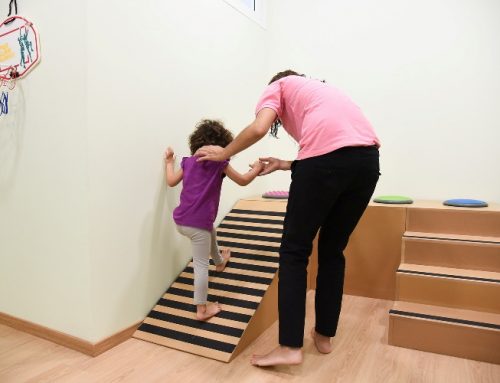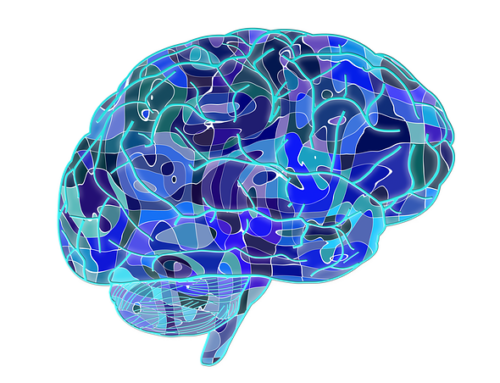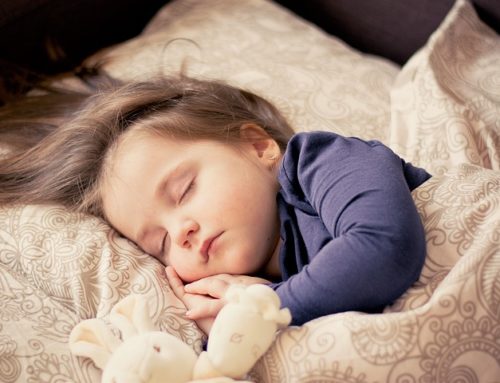Scoliosis is a sideways curve of the back, which appears as one curve in the shape of a C or as two successive curves in the shape of a S. Scoliosis usually appears in the thoracic region of the spine or in the thoracic-lumbar region or, more rarely, purely in the lumbar region.
Scoliosis can be due to congenital, developmental or degenerated causes, but most cases of scoliosis are of unknown etiology and are described as idiopathic scoliosis.
According to the age of appearance, idiopathic scoliosis is divided in three categories:
• Infantile scoliosis: From birth to 3 years old
• Juvenile scoliosis: From 3 to 9 years old
• Adolescent scoliosis: From 9 to 18 years old
Adolescent scoliosis constitutes 80% of all cases of idiopathic scoliosis.
Given that scoliosis causes change in the shape of one’s body, the facts that lead to the diagnosis are:
• One shoulder higher than the other
• Projection of the one shoulder blade
• Projection or higher place of the rib cage on the one side
• Projection of one hip or one hip is higher than the other
• Waist asymmetry
The treatment, according to the clinical findings and the development of the deformation, can be conservative or surgical. Conservative treatment includesfrequent monitoring of the child or placing special braces, which by applying pressure to different parts, neutralize various deformations of the spine. In deformations that are greater than 40 degrees and their development cannot be limited by braces, surgical treatment is required, which is called spinal fusion.
Therapeutic exercise is an integral part in the stabilization and the reduction of the scoliosis, as well as in the relief from the symptoms caused by it.







